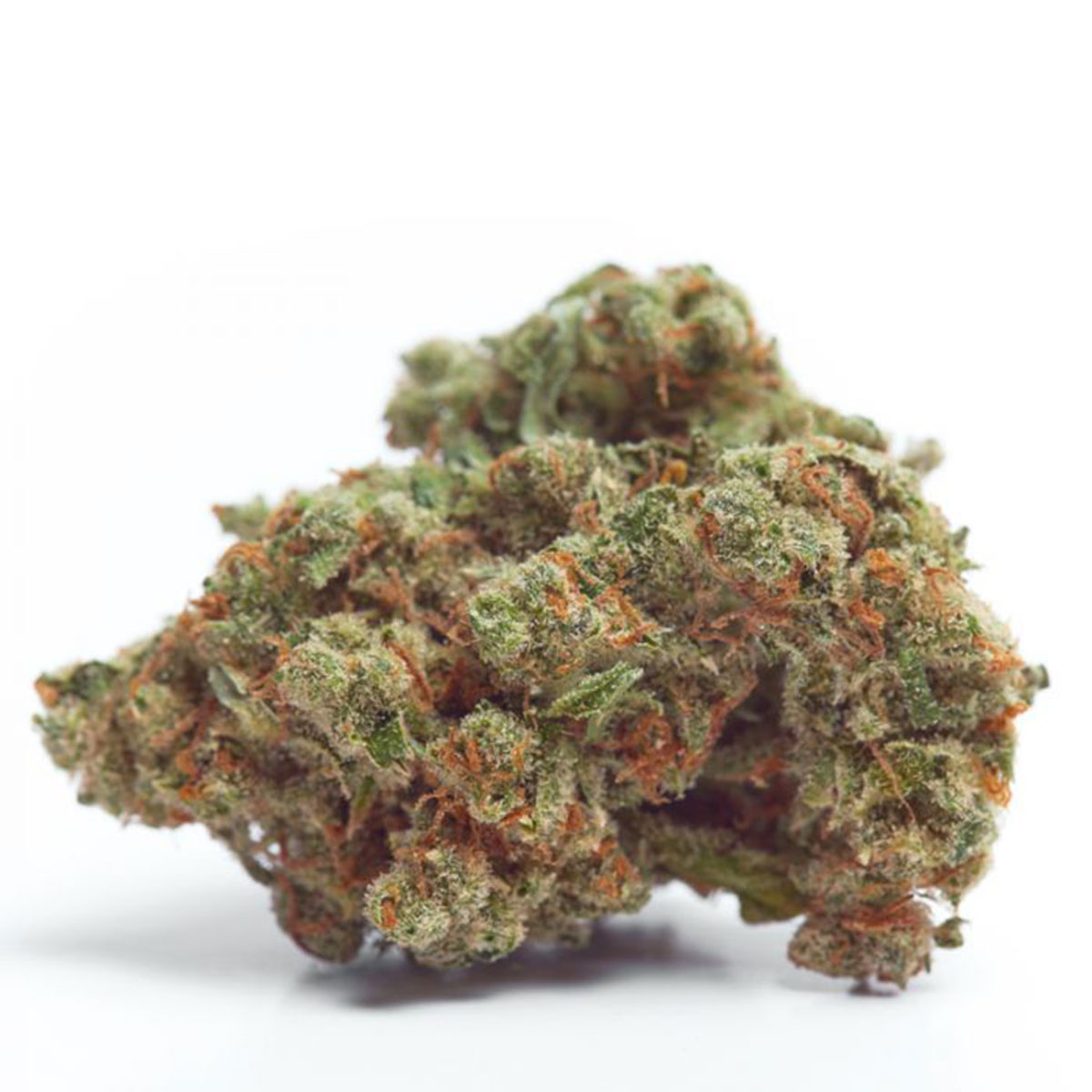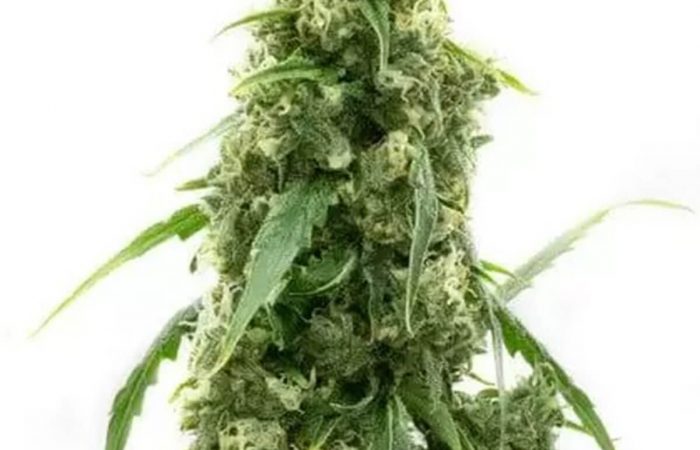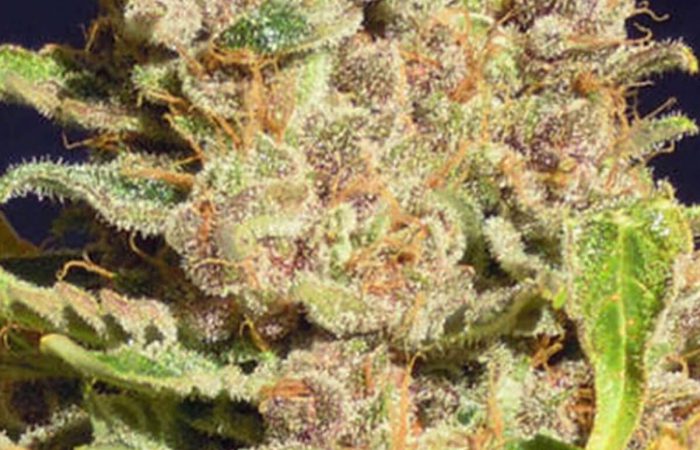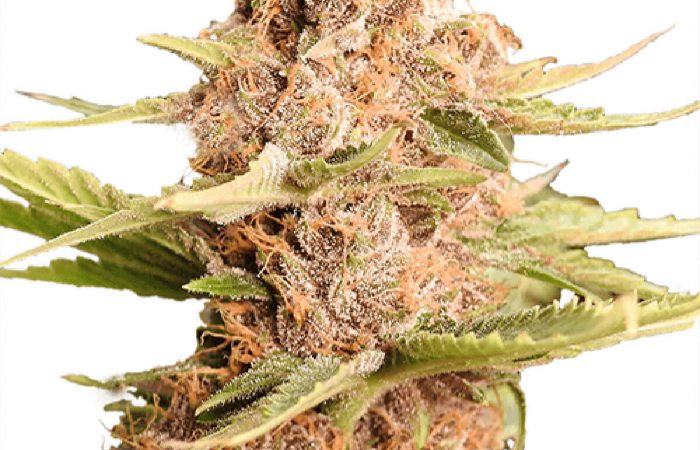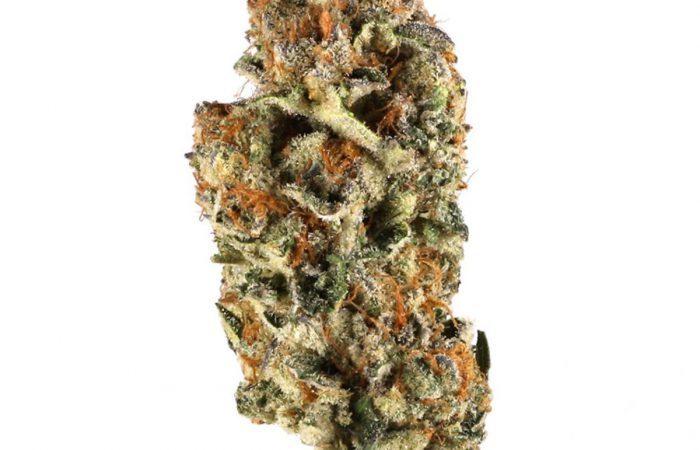Photoperiod Gorilla Cookies can be grown using feminized and regular seeds; both are widely available online. Apart from buying from reputable sellers, it’s best to research which seed type is most suitable for your skills and preferences. Here’s what you need to know, in a nutshell:
Regular seeds will produce male and female plants, while feminized seeds only produce female ones. The main advantage of feminized seeds is that they allow growers to focus their efforts on producing buds rather than having to remove male plants from the crop. However, feminized seeds can be more expensive than regular seeds, and some growers prefer the genetic diversity that comes with growing regular seeds. Regardless of which type of seed you choose, starting with high-quality genetics is essential to ensure a healthy and productive crop.
Another option is to grow clippings, but only go this route if you can obtain them from a healthy Gorilla Cookies mother plant. This is crucial as the clippings will mature as genetically identical clones.
Regardless of whether you grow from seed or using clippings, the strain is straightforward to grow as it boasts a high resistance to disease and temperature changes. It also responds well to various growing methods, which means you can curtail its vertical growth and introduce training techniques to boost bud production.
Cultivating Gorilla Cookies indoors allows growers to control critical environmental conditions. However, ensure you have enough space as the plant bushes out and grows between 100 to 140 cm tall. It finishes flowering in around 9 to 10 weeks and can produce between 450 and 700 grams per square meter. Performing LST (Low-Stress Training) and defoliation can bring this weed to its full potential. Another great option is to employ the Screen of Green technique. It provides support to the stem and branches and increases yields.
Growers who reside somewhere with a Mediterranean climate or anything similarly warm and sunny can grow Gorilla Cookies outdoors. An environment with plenty of natural sunlight and breeze, rich soil, and ample room will help the strain grow strong, tall (around 140 to 180 cm high), and productive. In an ideal setting, one plant can share up to 700 grams and be ready for harvest in the northern hemisphere by mid to late September.
